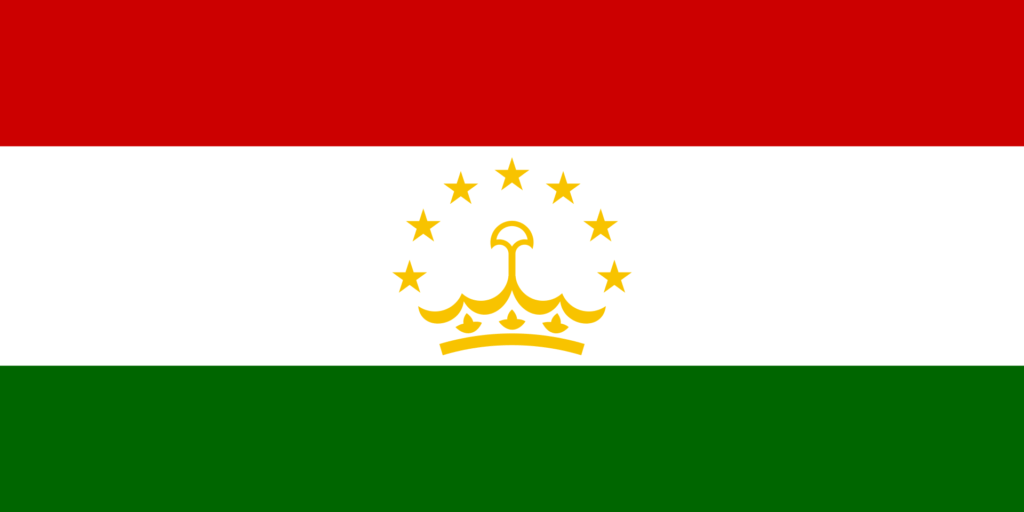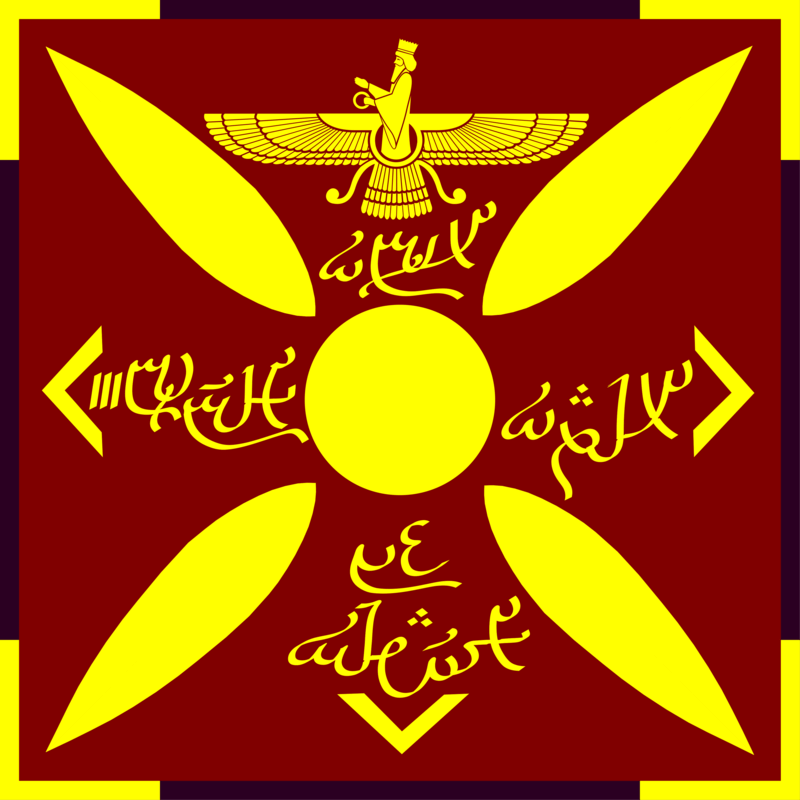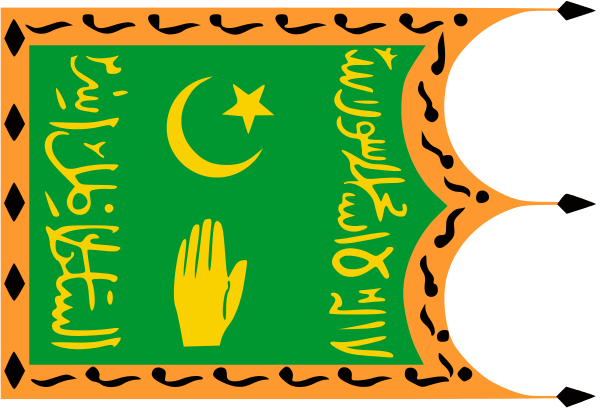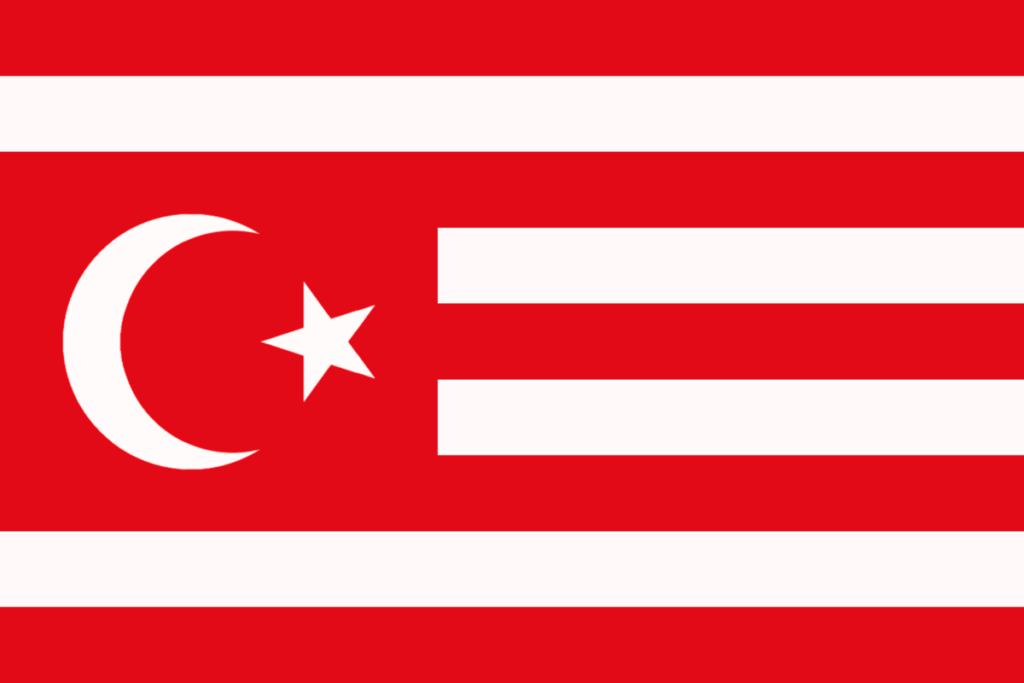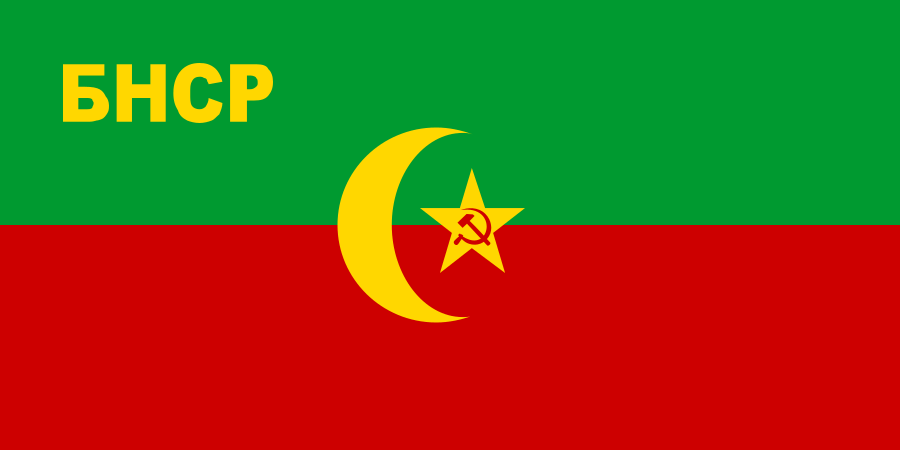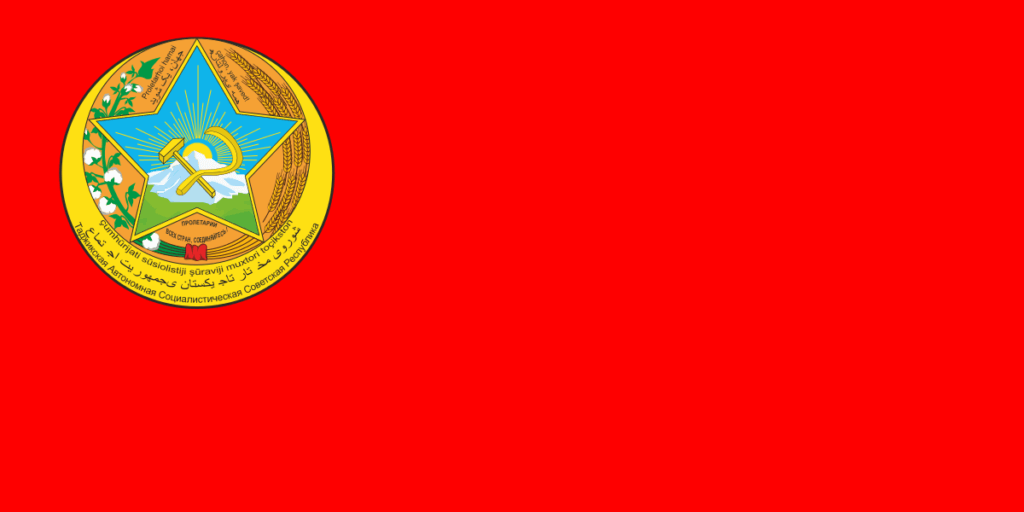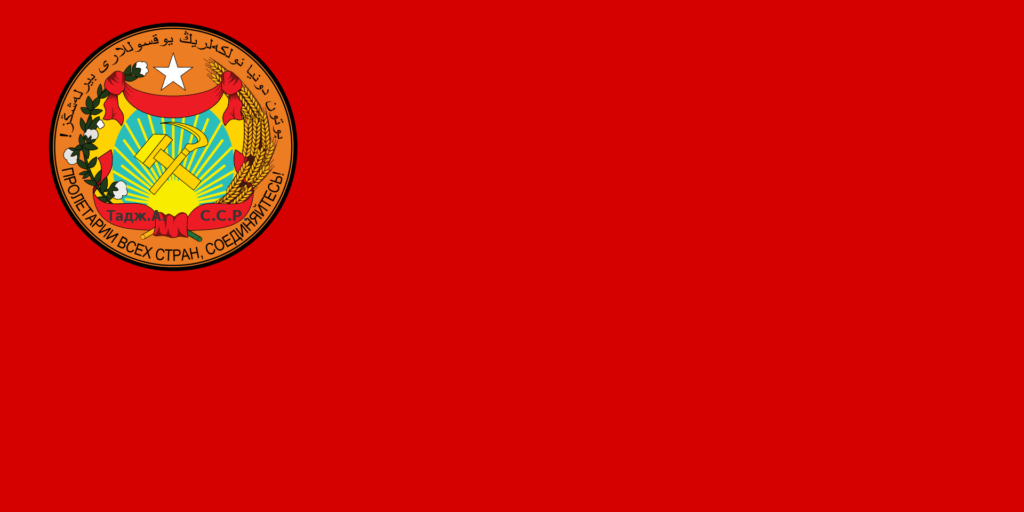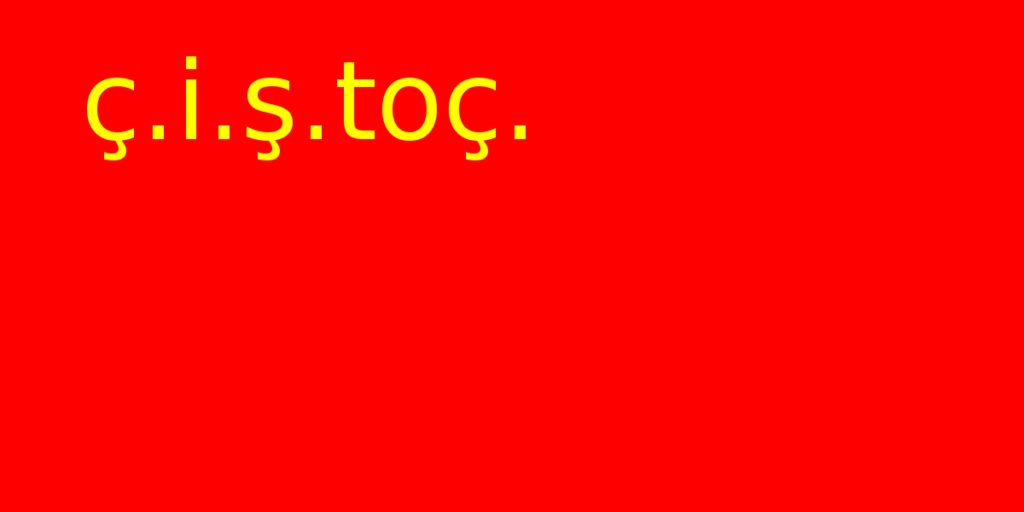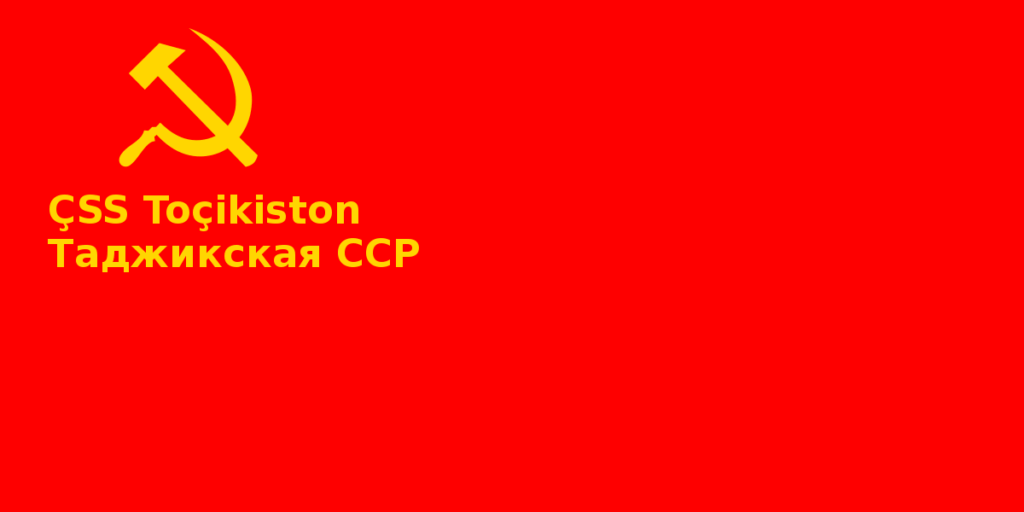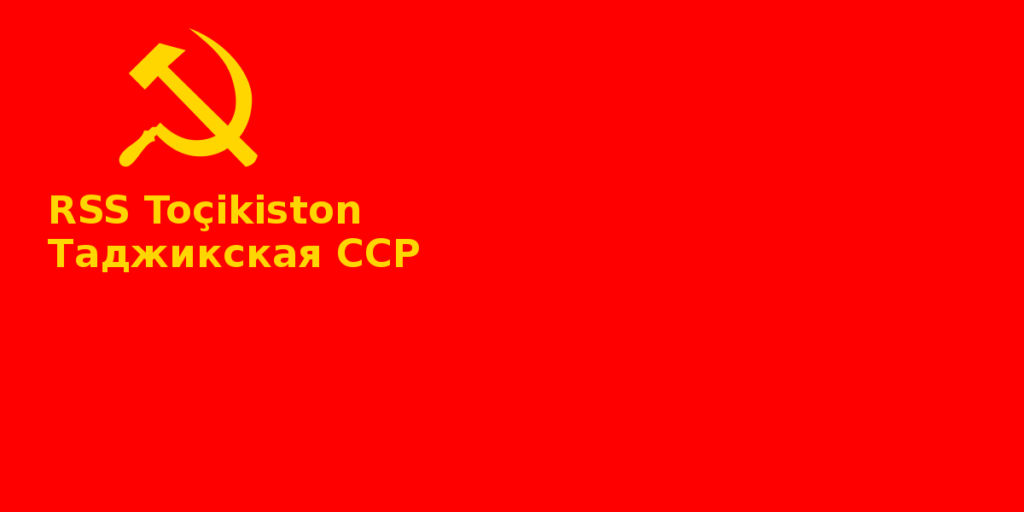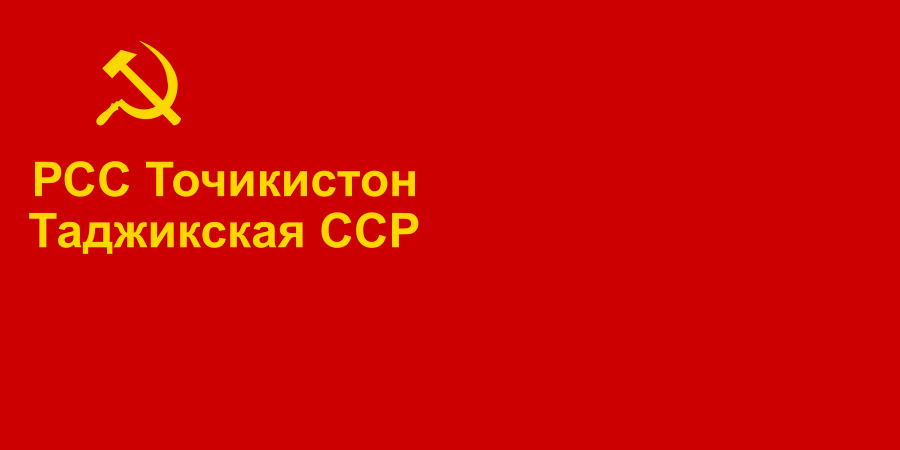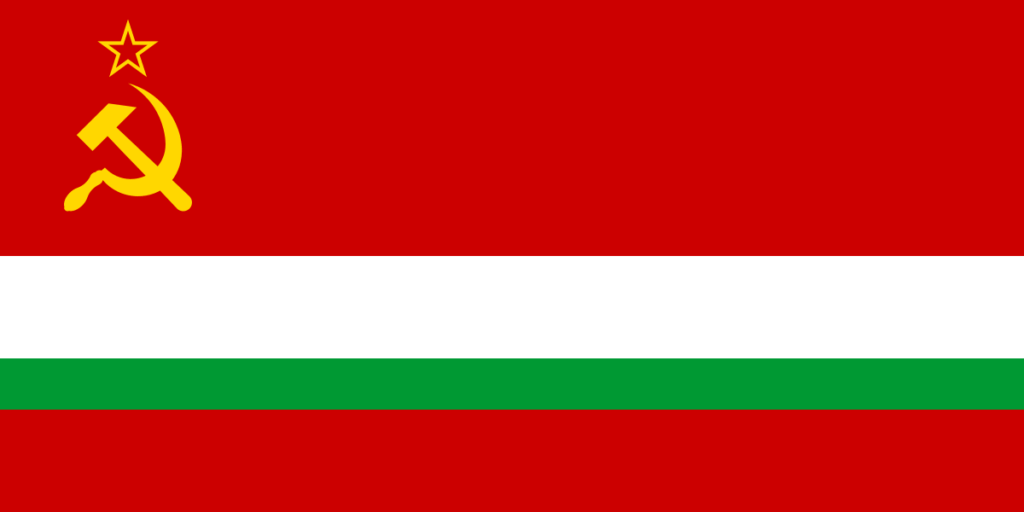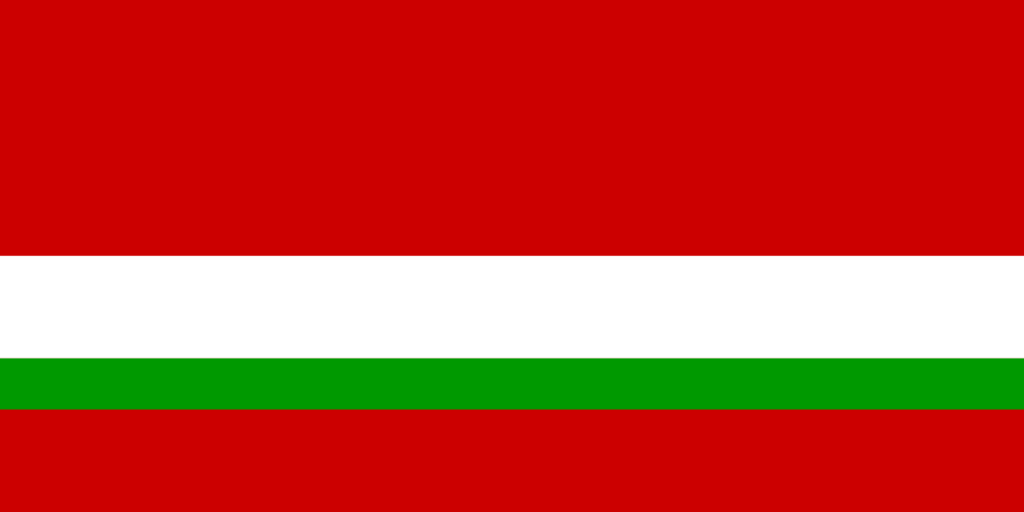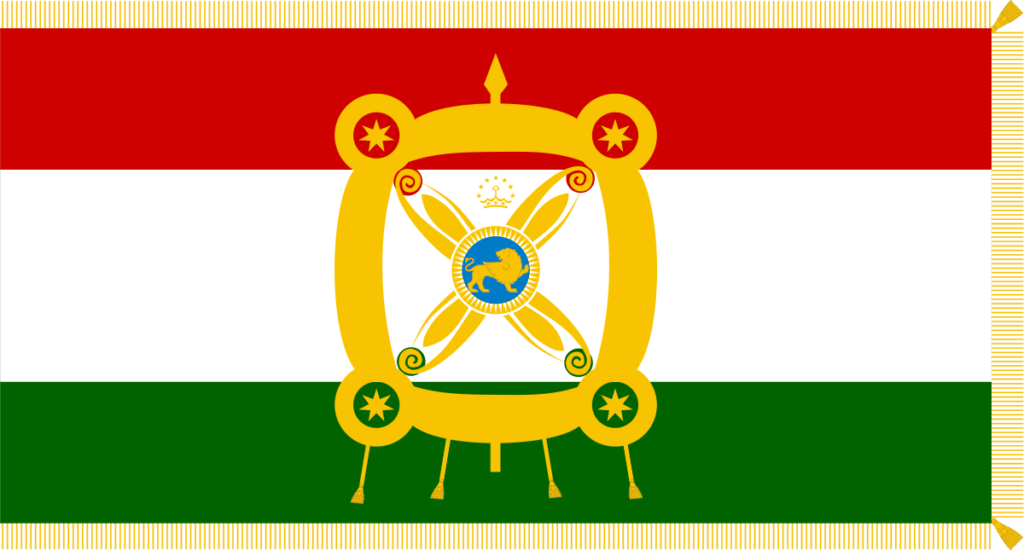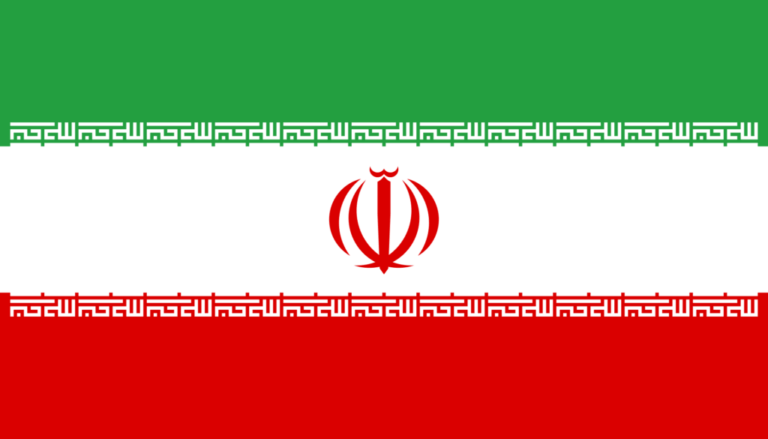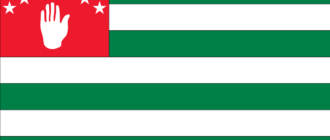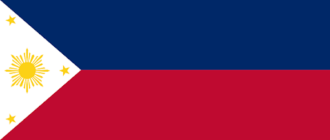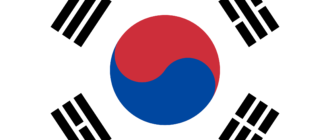The Republic of Tajikistan – Government located in Central Asia in the foothills of Pamirs. The name of the republic occurs in 1924, ultimately nationally territorial dispersion of Central Asia. Later entered the USSR called the Tajik ASSR and at the end of the SSR.
So the modern flag of Tajikistan looks:
History flag Tajikistan
The earliest testimonies about the signs that were used by the forefathers of Tajiks are preserved in the winding monument of the ancient Miranical literature “Avesta”. This banner is called Devsha Kaviani – the famous royal highlight of the old days of Iran. His artistic execution is made according to sources descriptions.
The form of this picture is presented at the modern stand of the President of the country.
Ancient countries existed in the locality of modern Tajikistan. He was an integral part of caliphates (righteous, Omeyad or Damascus, Abbasid or Baghdad).
Among the XIX century, the area of Central Asia came in RF. At the end of the revolutionary events of 1917 against the Russian Federation (then the Bolshevik government), the population of the Bukhara Emirate (1756-1920.) where today’s Tajikistan came.
The staff of the war (fable) and the following territorial sampling became the result of the fact that Tajiks first seemed to be the composition of the Bukhara People’s Republic of Russian Republic (CP).
At the end of which, Bukhara Socialist Wed, and in 1924. Already in the status of a free republic as part of the Uzbek SSR.
The initial version of the sign was a pair of another kind.
From 1929 to 1991. Tajikistan was in the USSR as one of the country’s participants, having the status of the Republic. At the moment, the country has used a pair of sign options:
- (1931-1935.);
- (1935-1936.);
- (1936-1938.);
- (1938-1940.);
- (1940-1953.).
At the end of 1953, the Flag of the Republic was issued until the collapse of the USSR was issued by monotony. In the initial year of independence, the same sign was used, but without a sickle and hammer.
The modern flag option was approved in November 1992.
Description
The modern flag of the Republic of Tajikistan is a cloth of a rectangular shape, which has the proportions of the parties related as 1 to 2 and divided into three horizontal stripes. The color palette of today’s flag is the same as in the Russian period – red and white-green colors. Stripes of red (at the top) and green (lower) flowers in width monotonous and are equal to 2/7 width of the sign, and white, which is in the middle, 1.5 times extensive by them, the second words 3/7.
In the center of the flag in the white sector, the crown of golden color is presented, on top of which seven five-pointed stars in the form of a semicircle are depicted. The crown in height is equal to 4/5 the width of the white part, and its length converges with the width of the middle strip. The circle, in which the drawn stars fit conventionally fit, can be circled with a 3/20 width of the white sector, and the air arc radius of their placement – 1/2 of the medium strip width.
Colors flag of Tajikistan
Four colors are used on the flag of the Republic of Tajikistan:
- Red;
- White;
- Green;
- Gold.
Meaning colors flag Tajikistan
Colors and signs on the flag of the country have their interpretations and notation. And they are not one, and a couple. For example,
- The population of the Ancient Society, being free and full, in coordination with the “Avesta”, was out of 3rs, each of whom was marked by some color:
- Red is military to know (revered and efficient estimation);
- White – a state of clergy (spirituality), moral purity, and holiness;
- Green – Free communities (farmers – farmers) – This symbol of nature, prosperity, and youth.
- The Pamir believes that colors are decrypted as
- Red – well-being, happiness, satisfaction;
- White – clarity and purity;
- Green – youth.
- or more
- Independence, freedom – red;
- Peace and calm – white;
- Prosperity and land screening – green.
- Another interpretation gives the following explanation
- Sun, victory, celebration – stripe red;
- Snow on the transcendental tops of the mountains, occupying 93 percent of the countryside – the white sector;
- The symbol of the spiritual essence of Islam – a green strip.
Apart from all listed white designations, it still symbolizes the mainstream – cotton.
The crown has three teeth, which means the historical regions of the country – Hatlan, Eurasian, and Kazakhstan, whose unity symbolizes a huge spire. Seven Gold Stars is a symbol of happiness, harmony, and well-being.
In coordination with the Old Tajik referring, the skies fold out of 7 beautiful gardens, near which seven mountains, and the star shines above each of them.
Other flags
The President of the President’s president looks like the flag, but with the difference that the 2nd figure is presented instead of the crown.
Similar flags
The Tajik flag has a similarity in the style and palette of colors with the Flag of Iran, which is not strange due to the fact that both people are listed as similar Indoary peoples.
The similarity of the flag is also with a sign of Hungary.
Interesting facts about the flag
September 2011. At the solemn ceremony in the capital of Tajikistan, about the 20th anniversary of Independence, the state flag was raised by the threshing flagpole in the world (165 meters) then he broke the record and contributed to the Guinness Book of Records. The record (162 m.) belonged to Azerbaijan.
Non-specialized information about Tajikistan
| Official language | Tajik (state), Russian (interethnic communication language) |
| Capital | Dushanbe |
| Territory | 141 400 km2 |
| Population | 9 126 600 people |
| Currency | Somoni (TJS, code 972) |
| Telephone code | +992 |
